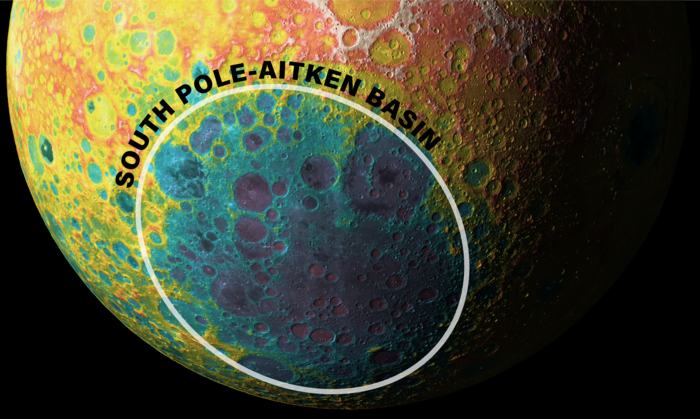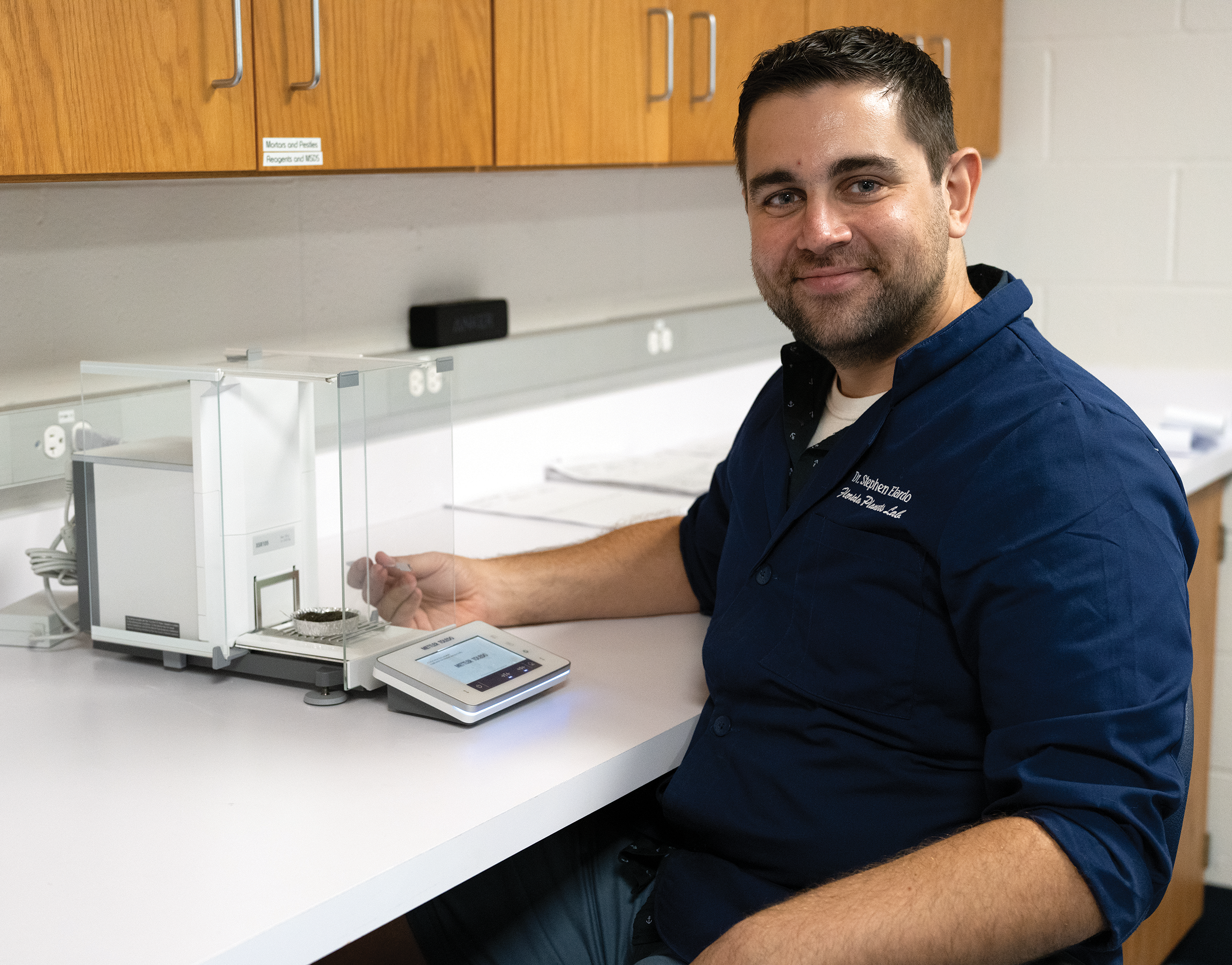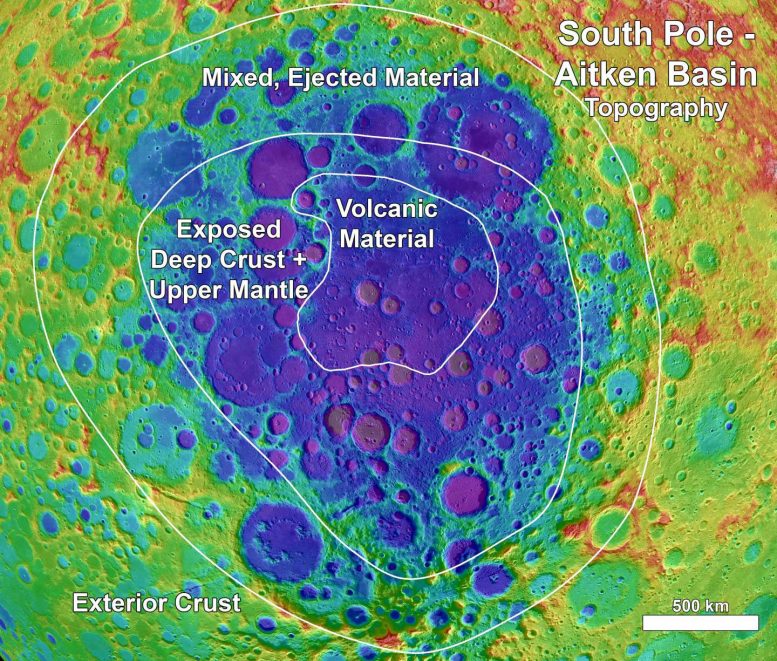
Photo by NASA/Goddard Spaceflight Center.
UF geologist to help plan potential NASA mission
In early February, NASA began one of the first steps in planning for a potential new mission to the moon’s largest and oldest impact basin. The South Pole-Aitken Basin Sample Return and eXploration (SPARX) Science Definition Team (SDT) defining the science goals and requirements for this ambitious endeavor is composed of some of the brightest minds working in planetary science today, and among that group is University of Florida Assistant Professor of Geological Sciences Stephen Elardo.

Elardo specializes in planetary geology with a particular interest in how rocky planets and other celestial bodies form, especially Earth’s moon. A big part of his current research involves analyzing rock samples taken from NASA’s Apollo missions and from meteorites, and one of his key roles on the SDT will be determining what samples should be collected.
“Our job is to define and prioritize what the major science questions would be for the mission and to determine where in the basin the mission would need to go to answer those questions,” Elardo explained. “I have expertise in what types of samples, and the kind of sample sizes, we as a community would need to answer the science questions we come up with.”
As the name of the SDT implies, the mission concept’s goal is to land and collect samples from a region of the moon known as the South Pole-Aitken Basin. Located on the far side of the moon, this 1600-mile-wide basin was formed approximately 4.3 billion years ago by a massive impact with another celestial body, likely an asteroid or comet. To date, only two lunar missions have ever landed on the moon’s far side, with the Chinese spacecraft Chang’e 4 touching down in January 2019 followed by the Chinese Chang’e 6 mission, which returned the first samples from the moon’s far side to Earth earlier this year. But unlike Chang’e 6, which scooped up rocks and soil from a single location, the SPARX SDT is considering mission types that could potentially include a sample-collecting rover.
According to Elardo, the South Pole-Aitken Basin has two characteristics that make it especially fascinating. First off, it is one of the largest impact structures that has been identified in our Solar System. It is believed that the impact that created this basin was so cataclysmic that it ruptured and excavated part of the moon’s mantle, or the interior layer of rock between the surface and the moon’s core. Samples from the mantle may still be readily available in the basin, and Elardo hopes that by collecting and studying samples from this region, they can enhance our understanding of how planetary interiors develop and react to major impacts. If the team was able to collect mantle samples on this mission, they would be the first mantle samples collected from another moon or planet, a very exciting prospect for Elardo.

The South Pole-Aitken Basin is also, by most estimates, the oldest impact basin identified on the moon so far. It was created very early in the moon’s life, meaning that observing geological layers there could also give scientists a better idea of how celestial bodies age on the exterior. Looking at these layers may also reveal evidence about other, smaller impacts, which would help create a more detailed timeline about the development of both the moon and Earth.
“Having rocks in the lab allows us to throw everything we have, scientifically, at those samples,” Elardo said. “I’m really excited about being able to potentially study the first pieces of the moon’s mantle in the lab and to look at lava samples from the moon’s far side, which are incredibly rare.”
Part of the draw of being on this team is working with experts in other fields, and Elardo is thrilled at the prospect of working with JPL Innovation Foundry. They are a team of engineers at NASA’s Jet Propulsion Laboratory in Southern California that specialize in determining the equipment necessary to complete a mission’s objectives, like the lander or moon rover. “As a scientist, it’ll be exciting to work with the mission engineering and architecture folks at the Foundry to explore what’s possible with this type of mission,” said Elardo.
For more information about NASA’s SPARX Science Definition Team, click here.


